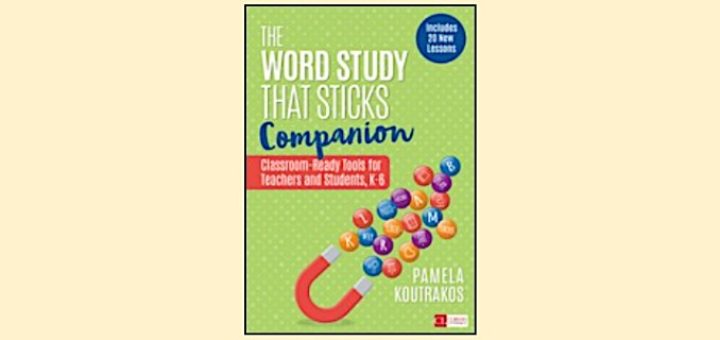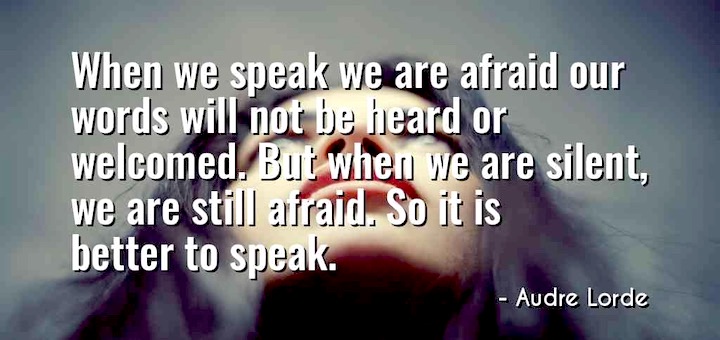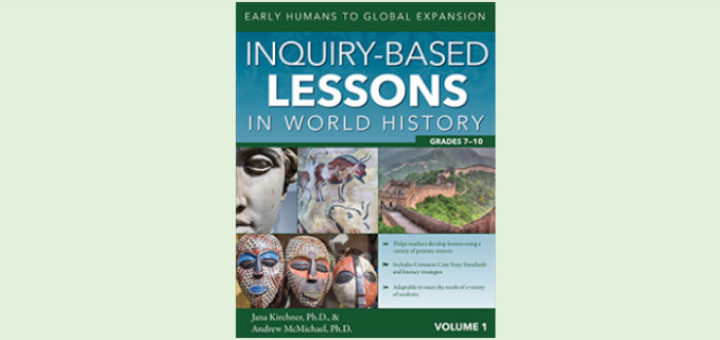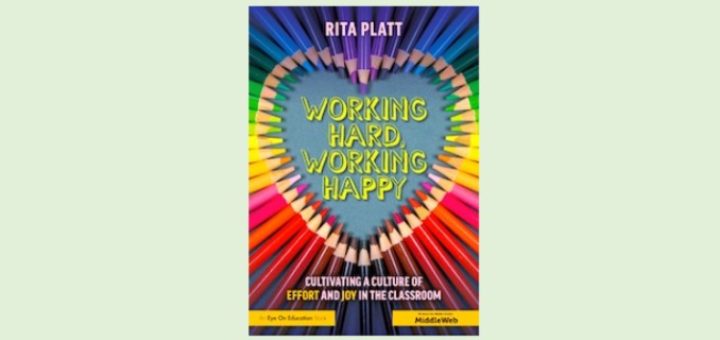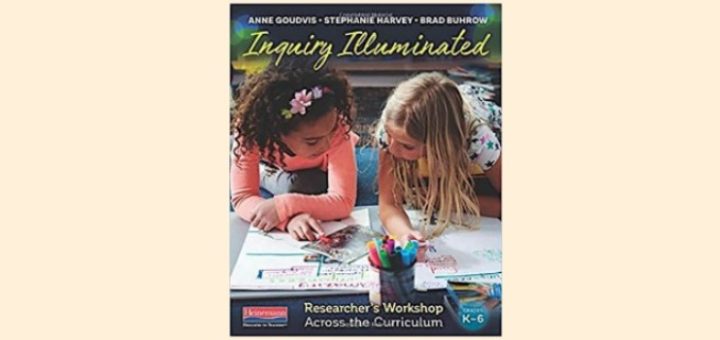Teaching and learning in grades 4-8
Pam Koutrakos offers a goldmine of fresh ideas we can dig into as we launch our word study routines – building our repertoire so we can stay engaged with word learning all year long. Best of all, she shares good ways to assess student progress and keep track of growth.
Dina Strasser finds more poets are writing about climate change and other social justice issues. Such poems can provide alternatives to middle schoolers when themes aren’t too entangled in complex structures. She suggests some options students can “hook into easily.”
Science classrooms, with all their teamwork, are great places to help students learn to “choose kindness,” says teacher and NGSS consultant Kathy Renfrew. At the same time, we must ensure equity, “where all learners have access to the tools they need to find success.”
In summer, Mary Tarashuk carefully prepared her literacy hope chest for 2019-20. Now, after a month of school, it has somehow morphed into a Pandora’s box. Though she is sheltering hope in this new box, she feels challenged to meet kids’ needs and district time demands.
We know political advertising persuades and influences. When we use campaign ads in instruction and guide students through the analysis and deconstruction process, writes media literacy expert Frank Baker, we’re helping them become better critical thinkers and viewers.
When Megan Kelly asked her students to paste sticky notes on a world map to show the setting of YA novels they were reading for pleasure, she quickly saw she needed to diversify her classroom library. See her list of 19 recommended “adds” and share your own favorites!
Inquiry-Based Lessons in World History is a practical set of adaptable lesson plans and ideas starting with early humans. The book is ready for the classroom. Social studies teacher Stephanie Gilbert recommends the book to fellow history teachers.
Who needs Working Hard, Working Happy? Happy teachers! They will feel validated when they recognize many favorite practices. Unhappy teachers! They can nurture a culture of joy in their classrooms with the practical strategies Rita Platt offers, writes Anne Anderson.
Inquiry Illuminated shows teachers how to blend personalized learning, content area instruction, and literacy instruction into a cohesive, manageable block of time where students are self-directed and the teacher is free to work with small groups, writes Paul Solarz.
Each year special ed teachers find themselves in a ‘dazed reality’ serving multiple grades and content areas and moving constantly from one class to the next. Are general ed teachers willing to help? To promote real partnership, coach Elizabeth Stein recommends “PCK.”

